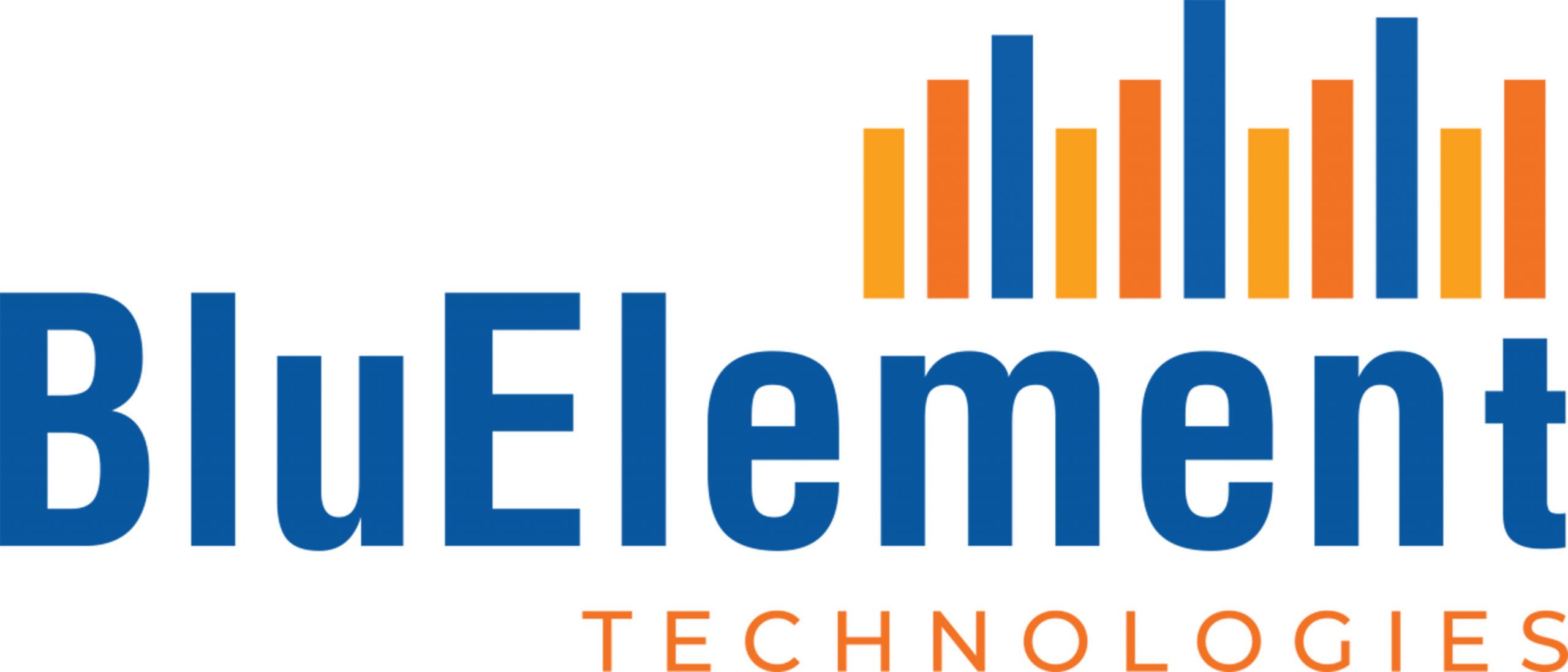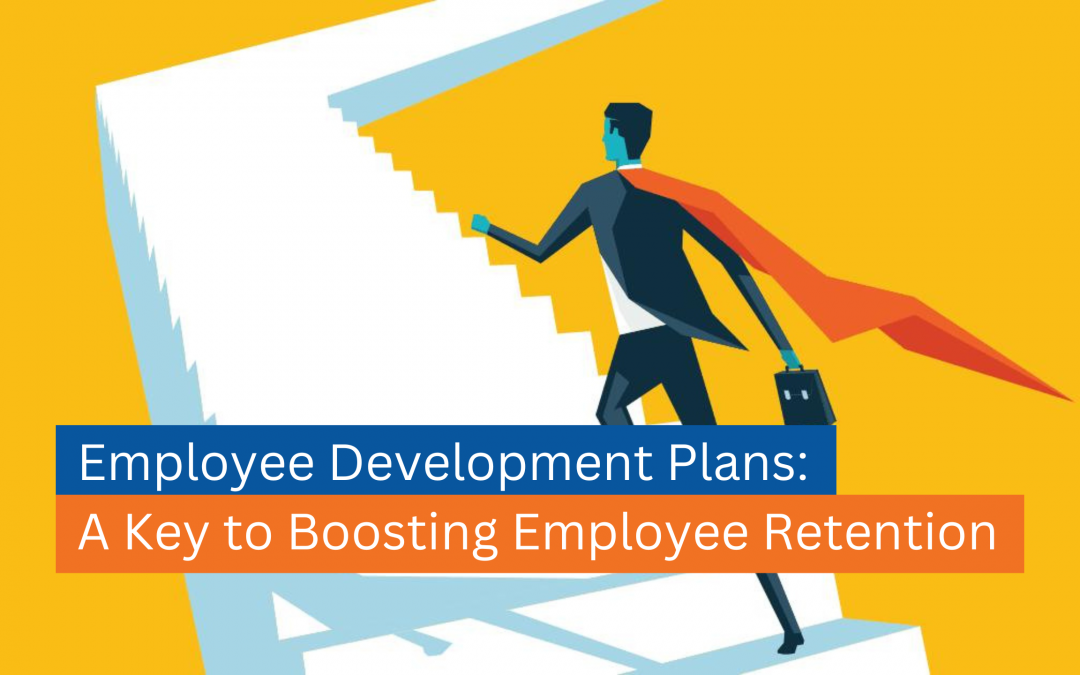Employee retention goes beyond reducing turnover costs. It’s about creating an environment where employees feel valued, engaged, and motivated to contribute their best. With the modern workforce valuing personal growth and continuous learning, organizations need to recognize the pivotal role that employee development plans play in achieving this objective. In this article, we will delve into the reasons why employee development plans hold such significance in retaining valuable talent.
Understanding Employee Development Plans
An employee development plan is a structured approach that outlines an employee’s goals for professional growth and the steps to achieve them. It involves a collaborative effort between the employee and their manager to identify areas of improvement, skill development, and opportunities for advancement.
4 Benefits of Employee Development Plans for Employee Retention
- Skill Enhancement and Growth Opportunities
Employee development plans provide a clear roadmap for skill enhancement, offering employees the chance to acquire new abilities. This not only boosts their confidence but also makes them feel that the organization is invested in their progress.
- Increased Job Satisfaction
When employees see their personal and professional development being supported by the organization, it leads to higher job satisfaction. They feel a sense of fulfillment, knowing that their aspirations are being taken into account.
- Strengthened Employee-Manager Relationships
The collaborative nature of development plans fosters better communication and understanding between employees and managers. Regular discussions about progress and goals build strong working relationships.
- Demonstrates Organizational Investment
Investing in employee development demonstrates that the organization values its employees’ long-term growth. This significantly enhances employee loyalty and commitment.
Elements of a Successful Employee Development Plan
Assessing Individual Strengths and Weaknesses
Every development plan should start with an assessment of an employee’s strengths and areas that need improvement. This lays the foundation for targeted skill development.
Setting Clear and Attainable Goals
Goals should be specific, measurable, achievable, relevant, and time-bound (SMART). Clear goals provide employees with a sense of direction and purpose.
Providing Ongoing Learning Opportunities
Development doesn’t happen overnight. Organizations should provide continuous learning opportunities, such as workshops, online courses, and mentorship programs.
Regular Feedback and Performance Reviews
Feedback is essential for tracking progress. Regular performance reviews help employees understand their development journey and make necessary adjustments.
Implementing Employee Development Plans: Best Practices
Step 1: Tailoring Plans to Individual Needs
Each employee is unique, so development plans should be customized to their skills, aspirations, and areas of interest.
Step 2: Collaboration between Employees and Managers
Both parties should actively participate in creating and implementing the plan. This collaborative approach ensures alignment with the employee’s career goals and organizational objectives.
Step 3: Integration with Organizational Goals
Employee development plans should align with the company’s strategic goals. When employees see their growth benefiting the organization, they become more engaged.
Step 4: Monitoring and Adjusting the Plan
Plans are not set in stone. Regularly monitor progress and adjust the plan based on changing circumstances and feedback.
The Role of Leadership in Driving Employee Development and Retention
Leaders play a vital role in promoting a culture of development and retention. When leaders actively participate in mentoring and supporting their teams, it sets a positive example for others to follow.
Real-Life Examples: Companies Excelling in Employee Development
Companies like Google and Microsoft are renowned for their employee development initiatives. They offer learning platforms, mentorship programs, and dedicated work hours for innovation.
The Future of Employee Development: Embracing Technological Advancements
The integration of technology, such as AI-driven learning platforms and virtual reality training, will revolutionize employee development, making it more accessible and engaging.
Conclusion
Employee development plans are not just a means to skill enhancement; they are a strategic approach to enhancing employee retention. By investing in their growth, organizations create a loyal and motivated workforce that contributes significantly to their success.
Follow us on our Facebook, Instagram, and LinkedIn pages to stay updated with the latest articles, videos, announcements, and more.





